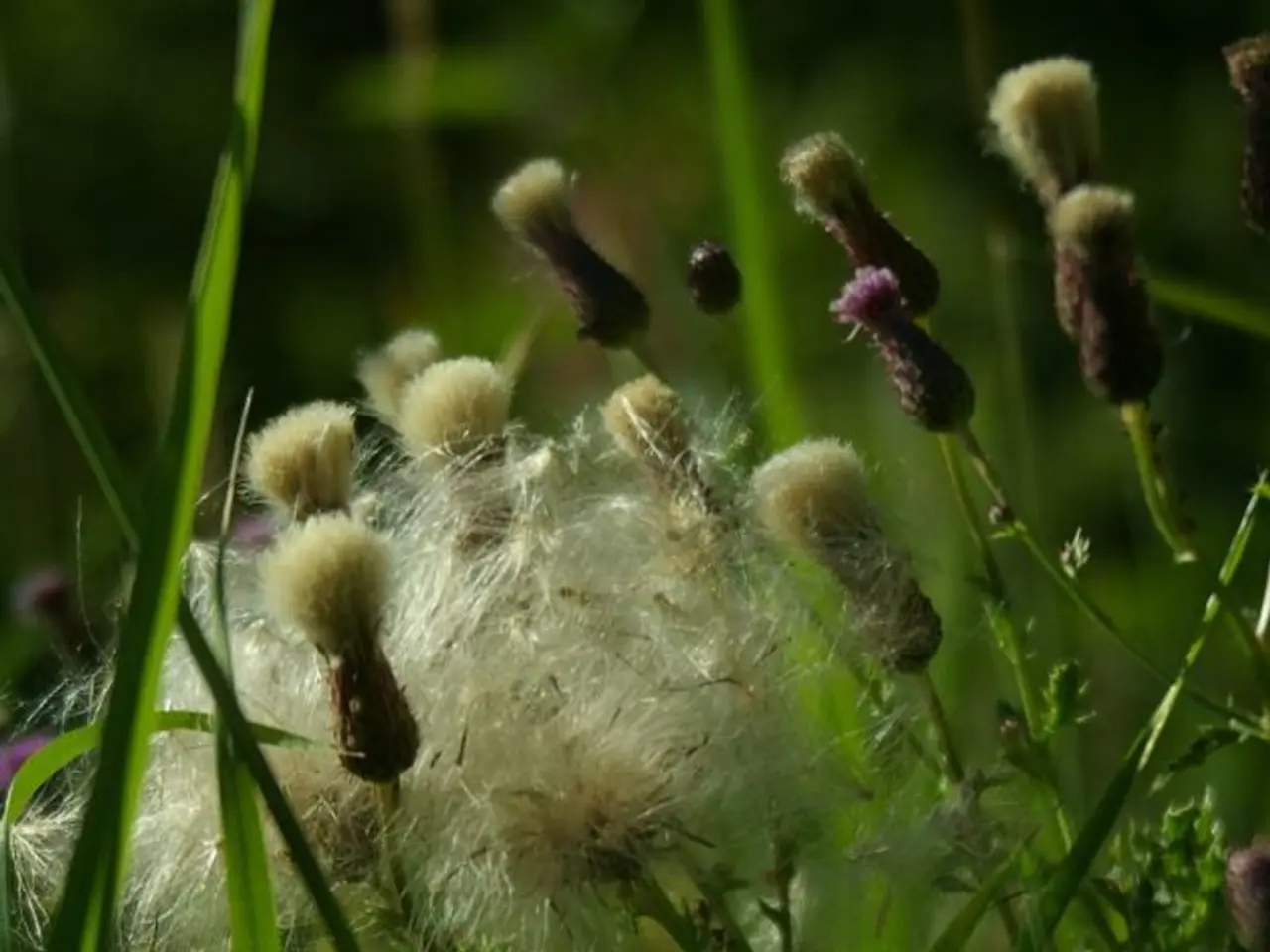Strategies for Natural Expansion of Your Vegetable Garden
Creating a Thriving Organic Garden: A Guide to Sustainable Growing
In the quest for a flourishing garden that thrives without synthetic chemicals, companion planting and other organic methods offer a chemical-free approach to attracting natural predators and controlling pests. Here's a comprehensive guide to building and maintaining a sustainable organic garden.
Preparing the Soil
Start by nurturing healthy soil using homemade compost made from kitchen scraps and garden waste. A good balance of carbon-rich and nitrogen-rich materials, regularly turned to promote decomposition, ensures a fertile foundation for your plants. Organic feeds like well-rotted manure, vermicompost, seaweed extract, banana peels, eggshells, and coffee grounds provide nutrients for your plants without the use of synthetic chemicals.
Watering Efficiently
Collect rainwater through a simple harvesting system to irrigate your garden efficiently. Smart watering practices such as deep but infrequent watering and drip irrigation conserve water and support strong root growth. Watering at the base of the plant and avoiding splashing the leaves helps prevent disease.
Embracing Green Manure and Crop Rotation
Green manure plants, such as field beans, Italian rye grass, phacelia, and buckwheat, sown over bare ground in winter and summer, replenish soil nutrients and suppress weeds. Green manure plants are dug over the top growth into the soil, where they rot down and feed vegetable crops. Crop rotation, the practice of growing different crops in the same place each year, helps prevent pests and diseases from building up in the soil.
Natural Pest and Disease Management
For pest control and disease prevention, rely on natural methods such as companion planting—for example, planting basil with tomatoes or marigolds with cabbage—to repel pests and enhance plant resilience. Organic pest deterrents such as neem oil, row covers, and encouraging beneficial insects instead of synthetic pesticides help maintain a balanced ecosystem in your garden.
Pest Control Strategies
A container filled with the cheapest beer is sunk into the soil to trap slugs and snails. Soft netting is draped over canes topped with bottles and secured with tent pegs to prevent cabbage white butterfly from laying eggs on brassicas. For bigger flying pests, Henry, a hawk kite, is used to control pigeons.
Good Ventilation and Space
Good ventilation, whether outside or indoors, is key to disease prevention. Leaving space between plants encourages good air circulation, movement, and water evaporation to prevent the spread of fungal spores. In summer, watering the greenhouse floor and leaving out a bucket of water discourages spider mites.
Plant Selection
Calendula flowers and foliage repel aphids, borage is a bee magnet, while herbs such as mint and chives keep pests from attacking brassicas and carrots. By choosing plants that complement each other and attract beneficial insects, you create a harmonious ecosystem in your garden.
Regular Maintenance
Regular garden maintenance includes harvesting crops at peak ripeness, monitoring plant health, and preparing the soil seasonally to sustain productivity and avoid soil depletion. By integrating these practices—composting, rainwater harvesting, green manuring, organic feeding, companion planting, and natural pest and disease management—you can create a thriving, sustainable organic garden that works in harmony with nature.
In the pursuit of a sustainable organic garden, employing practices such as companion planting and green manure can strengthen plant resilience and control pests naturally. Maintaining good ventilation and space between plants encourages air circulation, helping to prevent disease. To attract beneficial insects and repel pests, consider planting calendula, borage, and herbs like mint and chives. By integrating these practices, one can create a thriving and harmonious ecosystem within a home-and-garden setting, supporting sustainable-living principles.




